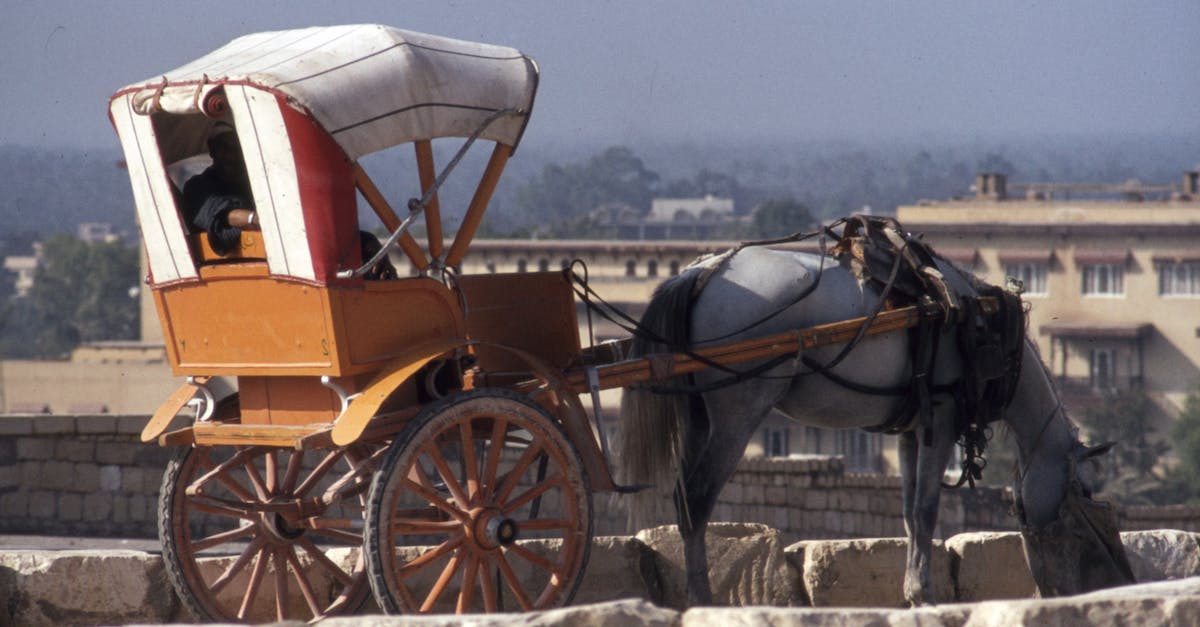What Year is ‘Footloose’ Set In? Exploring the Iconic Film’s Timeframe
What Year is ‘Footloose’ Set In? Exploring the Iconic Film’s Timeframe
‘Footloose’ is a beloved dance film that has captured the hearts of audiences since its release in 1984. The movie follows the story of Ren McCormack, a city teenager who moves to a small town where dancing is forbidden. As Ren fights to overturn the ban, viewers are transported to a world filled with catchy music, impressive dance moves, and timeless fashion.
The Setting: A Small Town in the Midwest
The film is set in a small town called Bomont, located in the Midwest of the United States. The town is depicted as a close-knit community where traditional values hold strong. The year in which the movie takes place, however, is not explicitly stated.
The Timeless Allure of the 1980s
Although the exact year is never mentioned, ‘Footloose’ is unmistakably set in the 1980s. The film captures the essence of the era with its vibrant fashion, big-haired hairstyles, and iconic music. The New Wave and pop-rock soundtracks, featuring hits like “Footloose” by Kenny Loggins and “Let’s Hear It for the Boy” by Deniece Williams, further emphasize the film’s ’80s setting.
A Conflict Between Generations
‘Footloose’ explores the timeless theme of generational conflict. The town’s ban on dancing is a clear representation of the older generation’s attempt to maintain control over the younger ones. The movie highlights the divide between the conservative values upheld by the adults and the desire for self-expression and freedom of the teenagers.
The Dance Revolution
Ren McCormack, portrayed by Kevin Bacon, becomes the catalyst for change in Bomont. His rebellious spirit and determination to challenge the ban on dancing inspire the town’s youth to fight for their right to express themselves through dance. The film’s iconic dance scenes showcase the power of music and movement as a means of breaking boundaries and uniting people.
A Cultural Phenomenon
‘Footloose’ became a cultural phenomenon upon its release in 1984. The film’s success can be attributed not only to its catchy soundtrack and impressive dance sequences but also to its relatable themes of rebellion, self-expression, and the search for freedom. It resonated with audiences worldwide, becoming a symbol of youth culture and the desire to break free from societal constraints.
The Legacy Lives On
Despite being released over three decades ago, ‘Footloose’ continues to captivate audiences to this day. The film has inspired remakes, adaptations, and even a successful Broadway musical. Its timeless story and infectious energy serve as a reminder of the power of self-expression and the pursuit of dreams.
In Conclusion
Although the exact year is not explicitly stated in ‘Footloose’, the film’s 1980s setting is unmistakable. It transports viewers to a small town in the Midwest where dancing is banned, but the desire for freedom and self-expression prevails. Through its catchy music, impressive dance sequences, and relatable themes, ‘Footloose’ continues to be an iconic film that inspires audiences to this day.
FAQs
1. When was the movie “Footloose” released?
The movie “Footloose” was released on February 17, 1984.
2. What is the main setting of the film?
The main setting of the film “Footloose” is the fictional town of Bomont, which is located in a rural area.
3. Is “Footloose” set in a specific time period?
Yes, “Footloose” is set in the early 1980s.
4. What cultural references are present in the film that indicate its timeframe?
The film “Footloose” includes various cultural references such as the prominence of cassette tapes, the fashion style of the characters, and the music of the 1980s.
5. Does the film incorporate any historical events or context?
No, “Footloose” does not incorporate any specific historical events or context. It primarily focuses on the themes of rebellion and youth culture.
6. Are there any notable political or social issues addressed in “Footloose”?
While “Footloose” touches on the broader issue of freedom of expression and the generational conflict between parents and teenagers, it does not delve into specific political or social issues.
7. How does the film reflect the popular culture of the 1980s?
“Footloose” reflects the popular culture of the 1980s through its soundtrack featuring hits by artists like Kenny Loggins, the focus on dance as a form of self-expression, and the portrayal of teenage rebellion against authority.
8. Are there any references to technology or popular trends of the time?
Yes, “Footloose” includes references to technology and popular trends of the time, such as cassette players, arcade games, boomboxes, and the fashion style of the characters.
9. Is the film considered a time capsule of the 1980s?
Yes, “Footloose” is often seen as a time capsule of the 1980s due to its portrayal of the music, fashion, and dance culture of that era.
10. How has the film’s portrayal of the 1980s influenced popular culture?
The film “Footloose” has had a significant impact on popular culture by contributing to the nostalgia surrounding the 1980s and influencing subsequent movies, TV shows, and music that pay homage to that time period.




































